I have 400W solar panel connected to a 12V 60A MPPT charge controller charging a 12V 110Ah battery (Phoneix TX-1000.) I'm running a 12V DC load (300W) directly from the battery.
In the evening when there is no solar, the MPPT still remains energized from the battery.
I want the MPPT charge controller to be off/de-energized if there is no power from solar.
The simplest way to do so is to use a diode between the MPPT and the battery to prevent the backflow from the battery to the MPPT. The problem is that such rating (60A) diode has high voltage drop and they aren't available in the local market.
Can we use a MOSFET in this case as there will be negligible voltage drop and they're easily available in local market?

